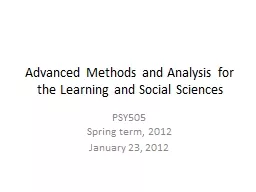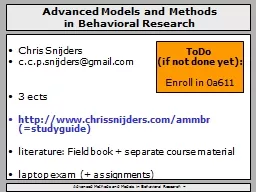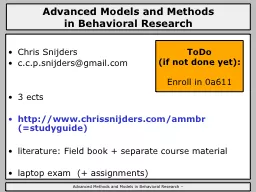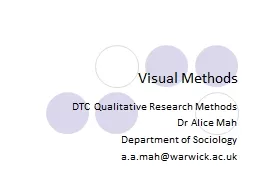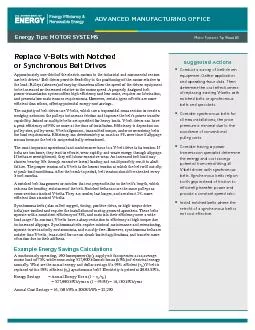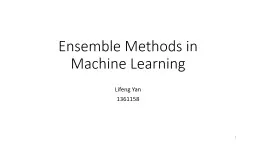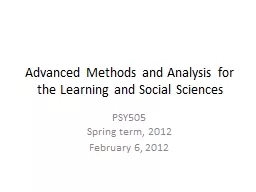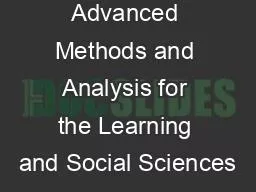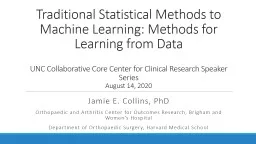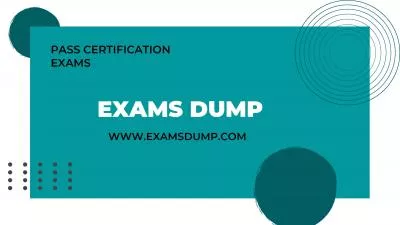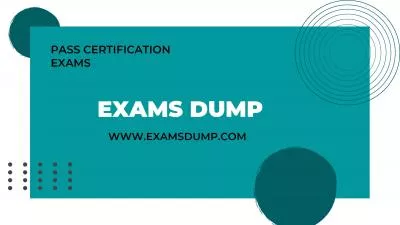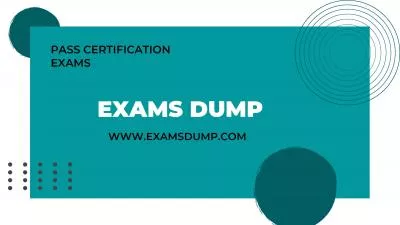PPT-Advanced Methods and Analysis for the Learning and Social S
Author : tatyana-admore | Published Date : 2016-11-09
PSY505 Spring term 2012 January 23 2012 Todays Class Item Response Theory What is the key goal of IRT What is the key goal of IRT Measuring how much of some latent
Presentation Embed Code
Download Presentation
Download Presentation The PPT/PDF document "Advanced Methods and Analysis for the Le..." is the property of its rightful owner. Permission is granted to download and print the materials on this website for personal, non-commercial use only, and to display it on your personal computer provided you do not modify the materials and that you retain all copyright notices contained in the materials. By downloading content from our website, you accept the terms of this agreement.
Advanced Methods and Analysis for the Learning and Social S: Transcript
Download Rules Of Document
"Advanced Methods and Analysis for the Learning and Social S"The content belongs to its owner. You may download and print it for personal use, without modification, and keep all copyright notices. By downloading, you agree to these terms.
Related Documents

